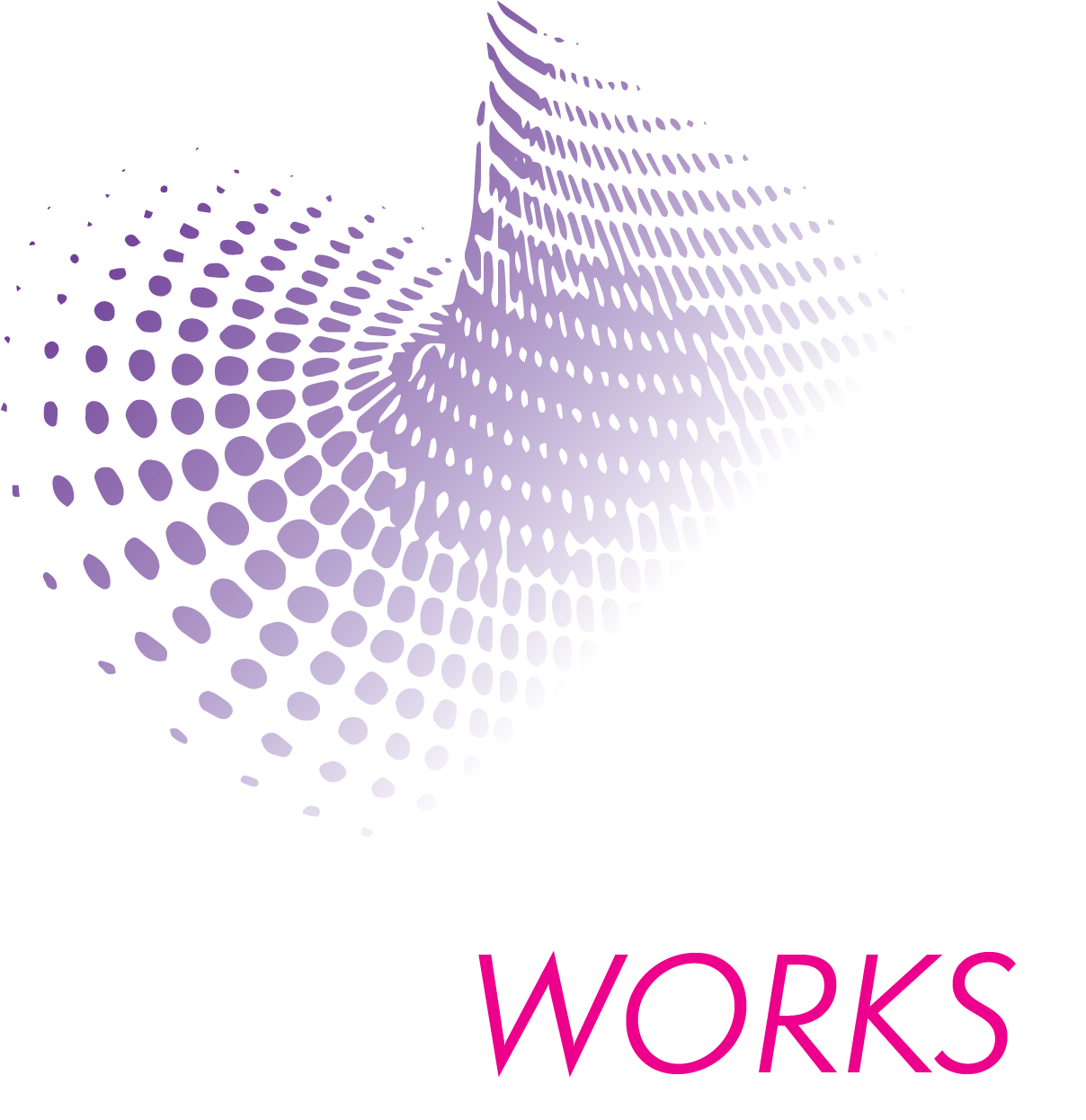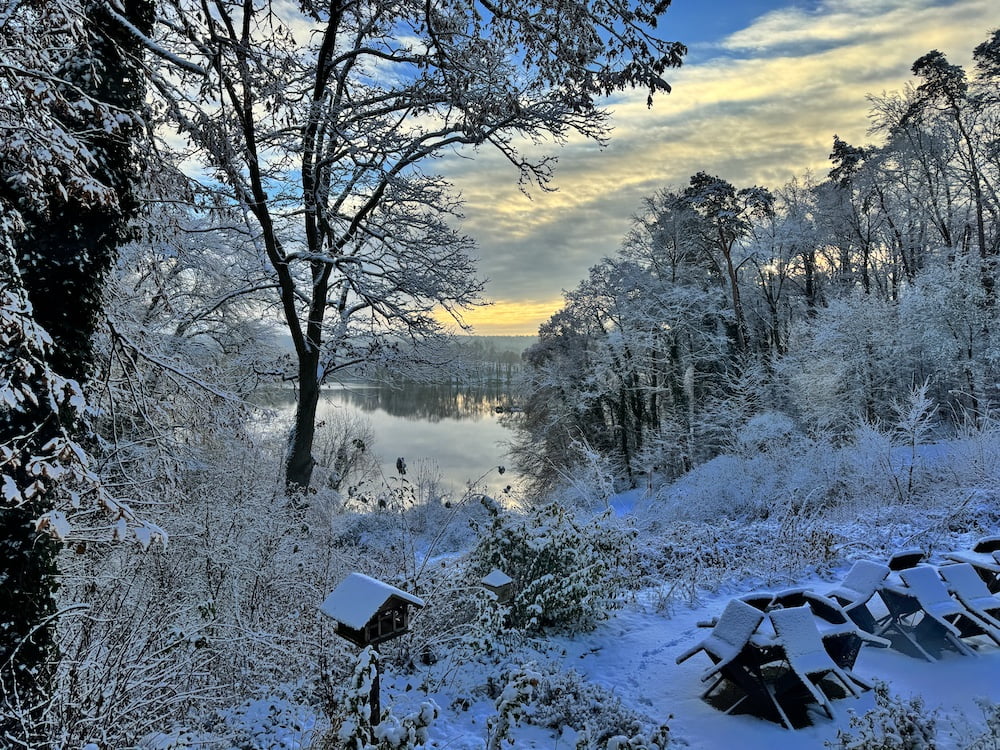Heart-Centeredness: We recognize our hearts as portals to spirit and communal consciousness, with the potential to guide us through the limitations of our minds and individual identities. We embody qualities of unconditional love, healing presence, innate harmony, and compassion by calling our attention and energy back to our hearts and to the communal heart.
In his book The Secret Teachings of Plants, Stephen Harrod Buhner devotes approximately the first third of his book to exploring the electromagnetic field created and modulated by the human heart. He brings in fascinating and objective evidence to suggest that the primary function of our hearts is not about pumping blood, but rather is oriented toward communicating with each other and every other form of life through energetic modulation. The flow of the blood, and the way it moves through the heart, is part and parcel of how this energetic modulation takes place. This subject arises in a book about plants because he suggests that this is how humans are able to communicate with plants. These are bold claims in a culture not used to perceiving animacy; a culture driven to consider our living earth more a ‘what’ than a ‘who’. And yet, many older and indigenous traditions speak regularly about communicating with all elements of the biosphere, including and not limited to communicating with plants. The mystery of the heart center revolves around the ability to develop ways of knowing and communicating beyond what our minds are accustomed to, connecting with other states of consciousness. In light of Buhner’s work it is interesting to consider that psychedelic medicines, which generally come from plants, also offer altered states of consciousness. Devotees of the heart center enter such states without ingesting plants to do so. I count myself in this camp as a relatively recent initiate with a moderate ability to shift my state. I experience my heart center as a way of finding ‘home’ wherever I am. Having also engaged significantly in plant-based psychedelic work, something I have a deep appreciation for, I find heart center work to be more integrative and stabilizing.
As of this writing I have spent about four years studying and practicing Heart Center Meditation. My first teacher, Dr. Ann Marie Chiasson, studied with Dr. Brough Joy among others, and both of them speak and write on some level about it being work derived from many lineages. Since being initiated into this work I have begun to see it everywhere: I notice the many situations in which people not otherwise ‘trained’ bring their hands to their hearts in specific situations. I have also sat in circles of people sharing what is dear to them with consistent personal and physical references to their hearts. In essence, there is nothing new or even all that secret about Heart Center Mediation. Dr. Chiasson often speaks about how the heart center becomes an activated and important place of consciousness in times of great personal and transpersonal change. Communally I believe we are in now in such a time.
Both Dr. Chiasson and Dr. Joy have books available that describe the heart center with some depth. I am intentionally not opening or referencing their books directly in this writing because I want to capture the transmission of my experience as it is given to me to share, yet I also want to honor that Dr. Chiasson’s descriptions are to a great degree the source from which I’m writing. I hope that what I share here may motivate you to read her work too.
There are four primary qualities to the heart center that I have learned, practiced, and felt revealed to me. Here they take the form of words and concepts, and so in this form they are at least a step removed from their lived experience. The purpose of sharing them here is to make them available for you to research through your own somatic experience. For this I recommend simply being present with your heart space in the center of the chest: Bring your hands to your heart with a sense of reverence. Hold your heart with the intention of opening a portal to spirit—opening to the divinity of your own being. Stay here and listen. In doing so you may or may not have an extraordinary experience, but you can bring extraordinary presence to your ordinary experience. Allowing myself to stay present with the ordinary has been, and continues to be, one of the most challenging aspects for me of this practice. This is not a path toward being special, and yet it is a way of meeting the divine here and now. I share this so that you may notice if you get taken by ‘inflation’ or ‘deflation’ as you proceed—the sense that you are more or less important or divine than others. If you notice this, please have a good laugh with yourself as you note the data of your experience. Let’s also recognize that on some level I am telling you how to move (put your hands on your heart), and how to feel (the below descriptions). In the first BraveSpace principle of Somatic Research, we’ve already established this as an essential impossibility. Please laugh with me as you entertain these descriptions: My invitation is to allow them to serve as inspiration.
Unconditional love, as quality of the heart center, is a place of emptiness. It is the void, held with awe and wonder. It is a stillness of pure presence. I hear people speak of unconditional love as something we should feel for everyone, and something that should be attained. This is such an attractive thought, yet the state of unconditional love itself has no conditions. There is no ‘should’ because there is no thing. Unconditional love is not personal, and neither is it impersonal. It is through this quality that I begin to grok that there is a communal consciousness of which we are all a part. There is no ‘other’ to whom to compare oneself from this place of being, but rather we are all individual aspects of larger whole. I like how another teacher of mine, Christian Pankhurst, puts it: “You are me cleverly disguised as you.” This is core to exploring the mystery of unconditional love.
Healing presence, as a quality of the heart center, is movement arising in the void. It is the longing for healing; the longing for life. I am reminded of healing presence when I feel pain and then recognize my pain as the healing process itself rather than that which requires healing. There is no ‘thing’ called pain. An injury, such as broken bone, can be objectively witnessed and even quantified as to its size and shape, but the pain experienced with the injury may never be exactly known by another person. As a dancer I have seen people so in love with their dance, and so taken by the life force coming through them, that they could dance with broken bones. Pain is given meaning through love. Similarly, I feel healing presence in the way sadness and beauty so often co-arise. As my heart is broken, it is also potentially broken open. Healing presence is the quality that arises by observing this process of the life force within.
Innate harmony is a place of resonance, where all the infinite voices meet. It is the eye of the storm and the place where we thread the needle of possibility. Innate harmony is perfection itself; the impossible possibility that’s also always right here. I experience innate harmony as an orgasmic state of intimacy with the divine, yet one without intensity. Intensity does arise for me, yet its arrival drives me from the state of perfection as instantaneously as I arrived there, for innate harmony exists outside of time. As a passage and gateway, innate harmony leads me into compassion.
If unconditional love is the empty void, compassion is a complimentary fullness. Compassion is the quality of being with; some would say suffering with. In compassion we entertain the possibility of turning pain into light. We do well to begin by being with ourselves and our own suffering before naturally extending compassion to others. This state and quality of the heart center has been taught to me as boundless and oceanic in scope, and arises for me with a pulsing and wavelike quality. It often begins for me as gratitude. Sometimes I wonder if I am substituting gratitude for compassion entirely, yet I sense they are just deeply related with each other in shared fullness. Compassion certainly has flow, and I experience that it has the potential to overflow when first oriented internally.
There is a fifth quality of the heart center that arises as the probable result of living the other four: This is the quality of selfless service. This service may be given many names and applications, including service to source, spirit, or divinity, yet may intrinsically show up as service to community, family, or anything larger than oneself. I want to tell you that I experience selfless service as a source of meaning, yet in making the statement I simultaneously notice that meeting my longing for meaning is not selfless. Such is the paradox of mystery: These qualities are models and suggestions for where the mystery of the heart center may lead, and yet attempting to grasp the mystery may only hide the path on which it meets us.
The heart center is a key to holding spaces where we can take the risk of being vulnerable because it is a portal to our inherent connectedness and shared divinity. When I recognize that you are me cleverly disguised as you then I am given the opportunity to drop my personal inflation and deflation to meet you in shared research of a greater mystery. Similarly, the heart center offers the possibility for me to meet myself in my own reflection, coming home to myself. We must hold BraveSpace for ourselves to hold it for others. The essence of connection to and through the heart is that we are never actually alone.

